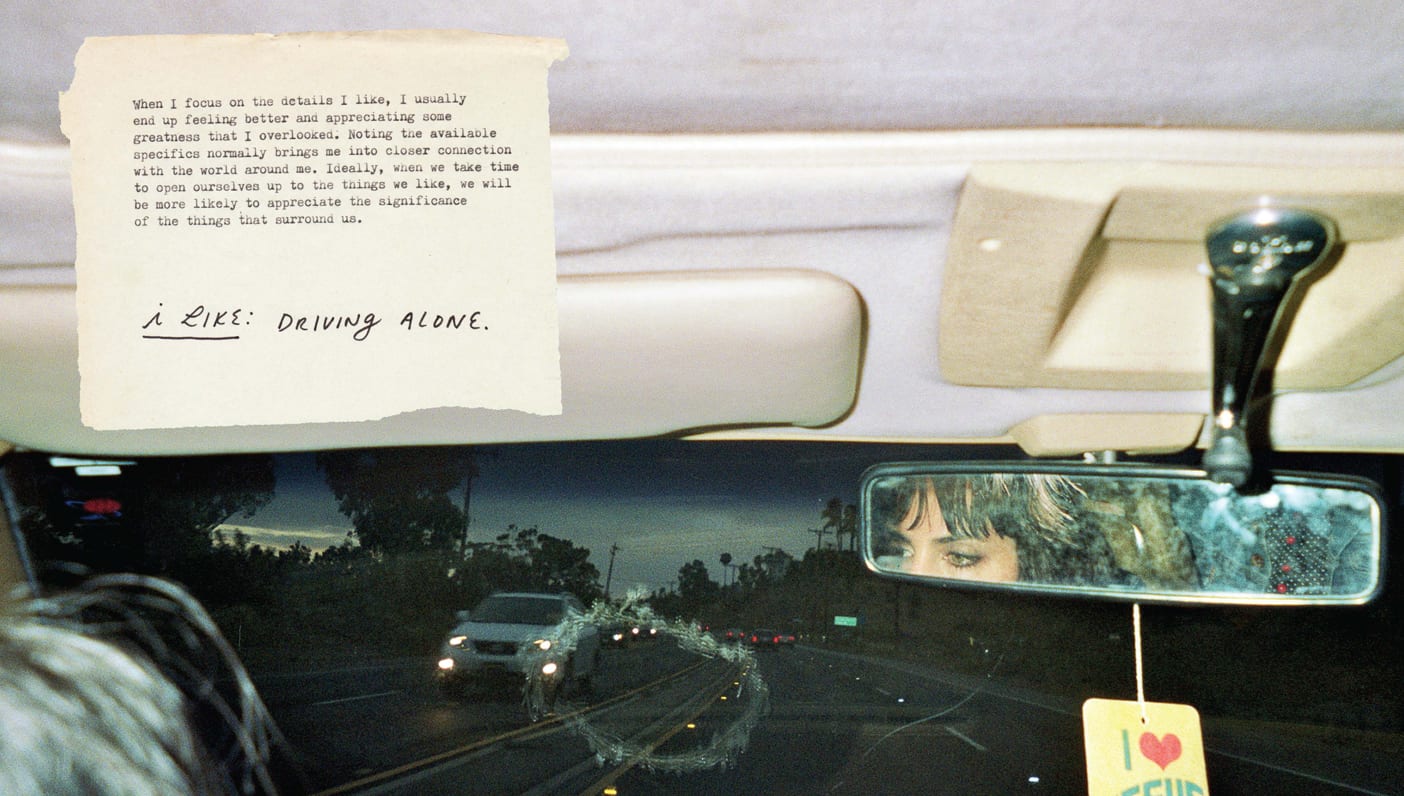
Jacqueline Suskin is a presenter at the Wanderlust Hollywood Center.
* * *
Throughout the last year touring with my book Go Ahead & Like It, a social media-based discussion about the word “like” has come up frequently. We are constantly clicking a little thumbs-up icon, tapping a heart, and expressing our interests—albeit somewhat disconnectedly, on screen. How does a handwritten list of things that you like differ from the process of “liking” on social media? When someone tries to make this association, I always give her the same exercise: Look closely at every item you came up with, and ask yourself why you likes the things you wrote down.
Why do we like the things that we like? This question unravels a goldmine of self-discovery. There’s a section in my book that breaks it down. I give a few examples that I’ve pulled from my lists—the accompanying explanations are essentially short stories. This is not only a great writing prompt, but also proof that there is so much depth in every choice we make, including our choice of what to like.
“Liking” online usually offers a much more shallow exploration of our interests. When we click that thumbs-up or that heart we aren’t usually asked why. We can change that. By looking closer, we can determine why we are drawn to one another’s lives, why we like this photo of our friend in Spain, why we click on this image of a winding road through Utah. By this examination, we can figure out big things about our inner world. Maybe you’ve always wanted to go to Spain or take a road trip. Maybe you keep clicking on images of babies because you miss your family. Maybe you associate a childhood memory with cornfields, and that’s why you keep scrolling through and liking these images.
Asking why can be a potent explanatory process that heightens our senses and gets us digging deeper.
Why do I like number two pencils?
Because they seem appropriate for every moment.
Worth carrying, keeping sharp and ready for words.
Because of their sound on the page, their just-so thickness, and the scent of their shavings. Because graphite is such a pleasing name and a naturally occurring mineral. Because of the standard look, the reliable yellow painted body, the kindly included eraser. Best used for my handwriting on newsprint. Used to show the size of the infinitesimal bee hummingbird that can rest with ease on the eraser and so show off its minute stature. Scribing my poems for years, like a wand leading the writing in and out of magic lettering, the curve of cursive, the subtleness of grey as opposed to the boldness of ink. Good to hold between teeth and make my mark with molars. Good behind the ear, spotted on the ground from the bus window, familiar and bright.
This part of the practice asks us to go further with our lists of gratitude and question why we are indeed grateful. With the addition of this inquiry, we can go beyond the surface of the word “like” and find the profound aspects of our character captured within the simplicity of what we are drawn to.
By exploring this complex simplicity we give ourselves a surprise gift: The revelation of our logic, our intentions, our desires, and our dreams.
Rather than just clicking that thumbs-up next time, ask yourself why. Chances are it’ll open a whole new realm of things to like.
Photo reprinted from GO AHEAD & LIKE IT Copyright © 2014 by Jacqueline Suskin. Photographs copyright © 2014 by Shelby Duncan. Illustrations copyright © 2014 by Erielle Laniewski.
—
 Jacqueline Suskin is a writer, performance poet and artist based in Los Angeles. She is the author of two books, the latest entitled Go Ahead & Like It. Known for her ongoing work with a piece she calls “Poem Store,” Suskin composes on-demand poetry for customers who choose both a topic and a price in exchange for a unique verse. Suskin has been featured in the New York Times, T Magazine, LA Times, Time Out LA, among others, and has performed at events for various organizations including Art Basel, Los Angeles Contemporary, Art of Elysium and SF MOMA.
Jacqueline Suskin is a writer, performance poet and artist based in Los Angeles. She is the author of two books, the latest entitled Go Ahead & Like It. Known for her ongoing work with a piece she calls “Poem Store,” Suskin composes on-demand poetry for customers who choose both a topic and a price in exchange for a unique verse. Suskin has been featured in the New York Times, T Magazine, LA Times, Time Out LA, among others, and has performed at events for various organizations including Art Basel, Los Angeles Contemporary, Art of Elysium and SF MOMA.